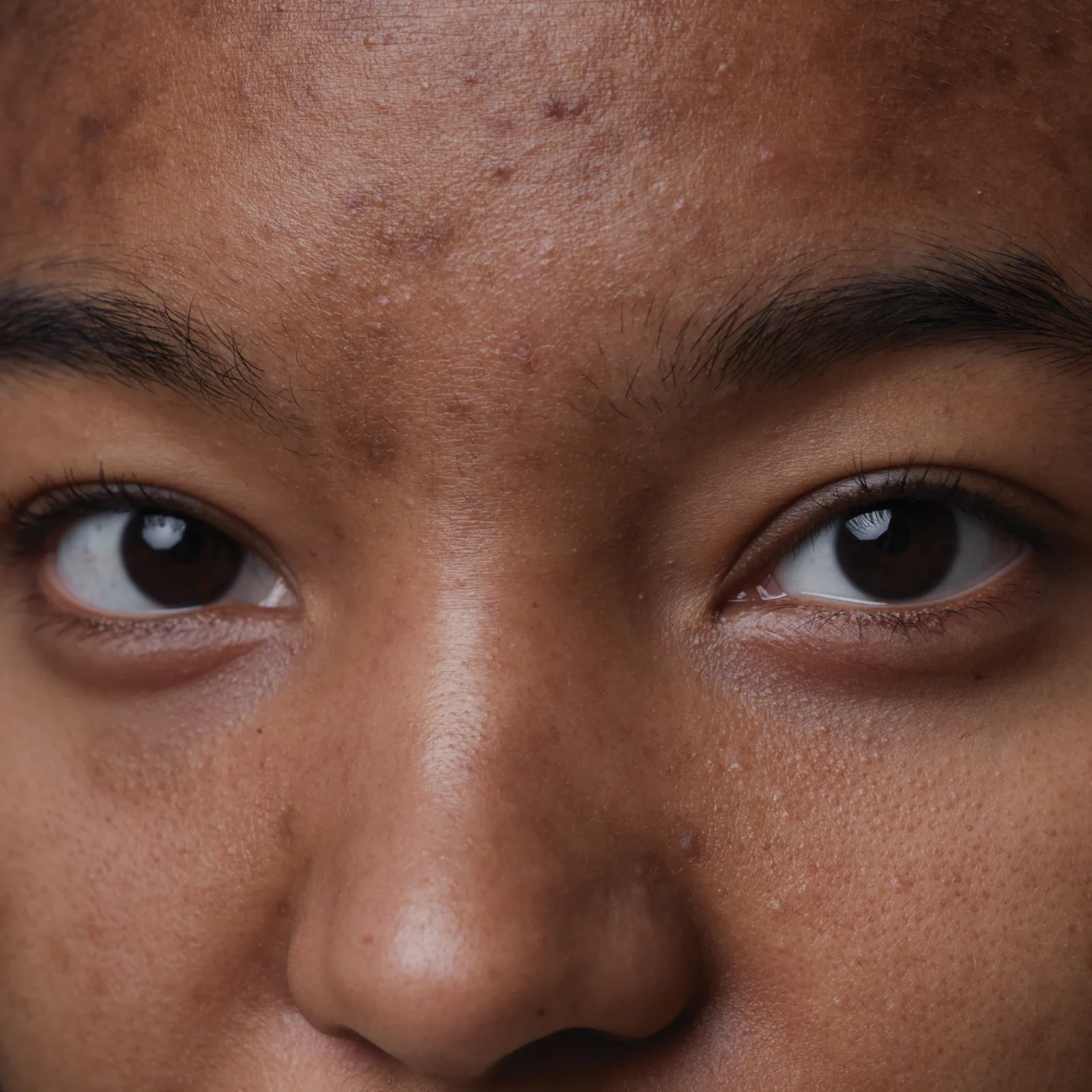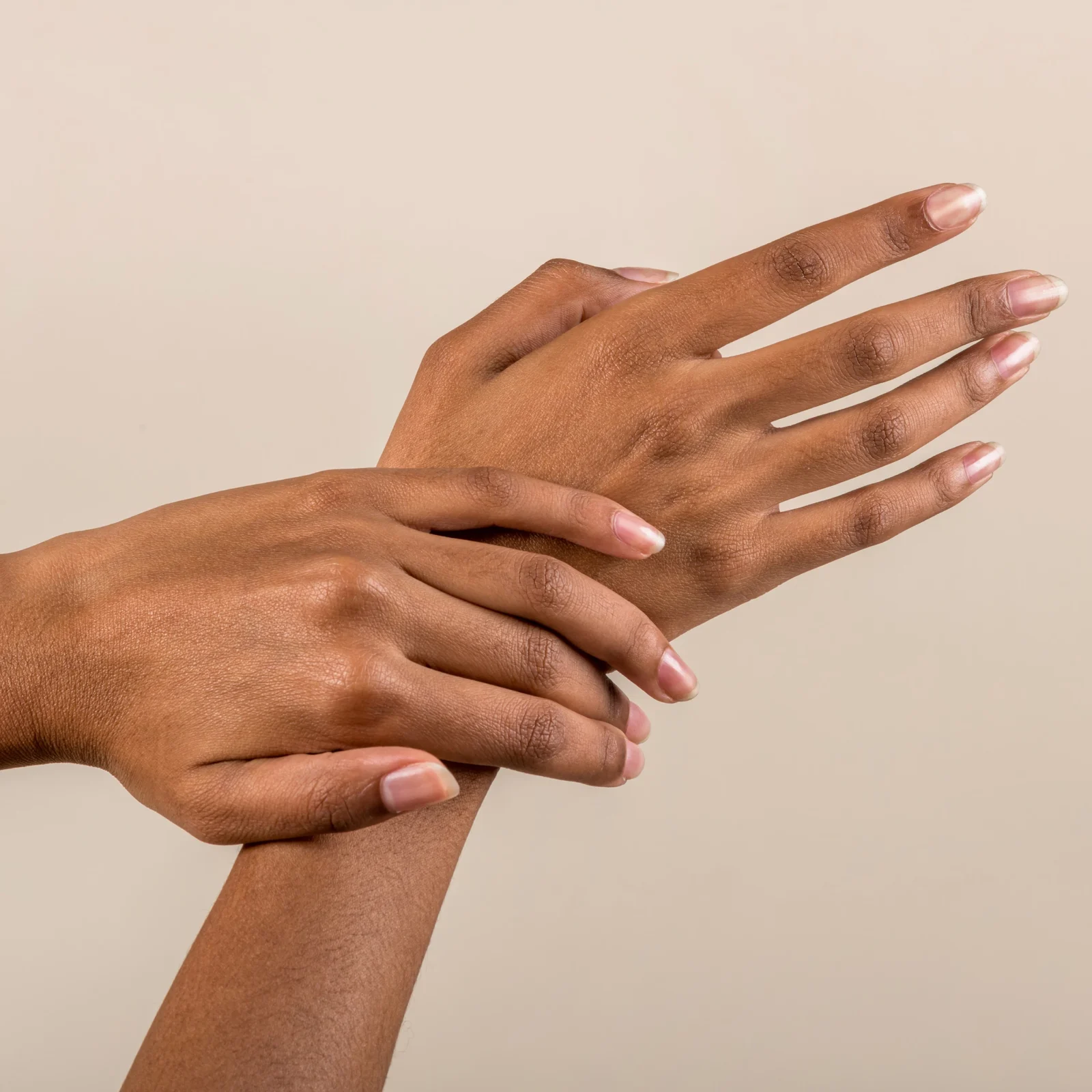The Ultimate Guide to Top Skin Conditions for Morenas
Hyperpigmentation, melasma, and more—your ultimate guide to brown skin health.
By Leira Aquino
You’ve moved past the phase of obsessing over whitening your beautiful (yet deeply underappreciated) skin color. Now, you are on a mission to enhance, treat, and even out your natural morena tone, but aren’t sure where to start. You’re not alone: We grew up in a society where morena skin was treated as a problem, as if darker skin was a condition that needed fixing.
Many skin conditions affect everyone, no matter the skin color, but certain issues are more pronounced among those with morena skin. However, despite their prevalence, these skin conditions are often overlooked or under-discussed, leaving many Filipinas with beautiful brown skin without the guidance or solutions they need for their unique skin concerns.
The most common skin concerns for morena skin
To give us the lowdown on common skin conditions morenas face, Allure Philippines spoke with two experts: Anna Palabyab-Rufino, MD, a board-certified dermatologist at BeautiqueMD and a member of the Philippine Dermatological Society (PDS) with over a decade of experience, and Francesca Sy-Alvarado, MD, a board-certified dermatologist at QuAD Clinic, and a fellow of the PDS who specializes in lasers, cosmetic injections, and acne scar revision.
If you’re a morena looking for answers about the skin conditions that commonly affect your skin tone, consider this your guide to learning about, understanding, preventing, and treating them.
Post-inflammatory hyperpigmentation and hypopigmentation
Dr. Palabyab-Rufino points out that morenas are particularly prone to post-inflammatory hyperpigmentation and hypopigmentation. “Acne, atopic dermatitis, melasma, verruca plana (flat warts), and seborrheic dermatitis are just some of the common conditions that Filipinos in general face,” she says. Morenas, however, are “more prone to developing post-inflammatory hyperpigmentation, which makes the recovery of some of these conditions seem longer.”
Post-inflammatory hyperpigmentation results in dark patches on the skin following inflammation or injury. In short, these are the dreaded dark spots. According to the Philippine Dermatological Society (PDS), these spots often appear in areas previously affected by wounds, acne, or UV exposure. Compared to fair skin, brown skin just doesn’t have the same recovery process after going through something as common as a laser treatment or even a mosquito bite. For morenas, the increased melanin can slow the fading process, making post-inflammatory hyperpigmentation even more frustrating.
A 2022 study in Clinical, Cosmetic and Investigational Dermatology notes that post-inflammatory hyperpigmentation affects all skin types but is more severe in darker skin tones, particularly Fitzpatrick types IV, V, and VI (ranging from light brown to dark brown or black skin). These types are also more susceptible to complications from treatments like chemical peels or laser therapies, which can exacerbate post-inflammatory hyperpigmentation by causing redness, scarring, or keloids.
Conversely, post-inflammatory hypopigmentation results in lighter patches following skin injury or inflammation. The contrast against darker morena skin makes this condition particularly noticeable. “Morenas are very much bothered by the contrast with their natural skin color, making it more obvious and even more frustrating,” Dr. Palabyab-Rufino explains.
How to treat and prevent hyperpigmentation and hypopigmentation
Dr. Palabyab-Rufino emphasizes the importance of early treatment. “Immediate management helps lessen the severity and aftereffects of certain conditions,” she says. Still, prevention remains your best bet. Dr. Palabyab-Rufino stresses the need for sun protection: “I know morenas enjoy being under the sun as much as anybody else, but using the right kind and amount of sun protection with proper reapplication is very important.” She also recommends using mosquito repellents or wearing protective clothing to prevent insect bites, which can also leave marks.
Dr. Sy-Alvarado, meanwhile, emphasizes that it’s crucial to identify the underlying cause of pigmentation before proceeding with treatment. “First and foremost, the cause of pigmentation should be determined—whether it’s a pigmentation disorder or if it happens after any injury to the skin—and treated,” she explains. Understanding the source of the pigmentation helps in applying the most effective treatment, which ensures better outcomes for the skin.
Melasma
Melasma is another condition that leads to darker spots on the skin, which often resemble freckles on the face. It is commonly triggered by sun exposure, certain medications, and pregnancy.
According to the American Academy of Dermatology Association (AADA), the risk of developing melasma is higher if you are a woman between the ages of 20 and 40, as the condition is significantly more common in women than in men, likely due to hormonal influences. Moreover, individuals with medium to dark skin tones like morenas are more susceptible, with women of color being particularly at risk. As per the AADA, this heightened susceptibility is because people with darker skin have more active melanocytes than those with lighter skin.
“This pigmentation condition is common in Southeast Asians,” Dr. Sy-Alvarado states. “It is closely tied to sun exposure and genetic and hormonal factors.”
How to treat and prevent melasma
To prevent and treat hyperpigmentation like melasma, the PDS recommends using sunscreen, sun protection, and antioxidants like vitamin C. It’s also important to address underlying issues, such as acne or eczema. Treatment should focus on reducing melanin production, blocking its transfer, and promoting skin cell renewal. To determine the best course of action for your skin, consult your dermatologist for more personalized advice.
Acne
Acne consistently tops the list of common skin conditions. Lucky are those who never have to deal with it, but for many of us, that’s not the case. Acne affects about 17 million Filipinos, making it the most common skin condition in the Philippines. The PDS defines acne as a hormonal skin condition where excess oil clogs the pores, which leads to comedones like blackheads and whiteheads. These can become inflamed by bacteria, turning into painful red bumps, pustules, or cysts.
If you’re a morena with an acne-prone skin, you know the struggle goes beyond just dealing with breakouts. The real frustration often comes from the marks that linger long after the pimples have cleared. Dr. Sy-Alvarado notes, “A lot of morenas notice post-inflammatory redness and dark spots when acne subsides. Unfortunately, these red and brown spots may develop into scars.” While these scars can be seen as reminders of healing, they often have a negative impact on self-esteem, making it even harder to move past the acne.
How to manage acne and acne scars
The PDS emphasizes that the best way to avoid scarring is to treat acne early and avoid picking at your skin. Dr. Sy-Alvarado agrees as she advises: “It’s best to control acne breakouts with proper anti-acne medication while treating acne marks early as well.”
Additionally, incorporating a consistent skincare routine and more importantly, seeking a board-certified dermatologist’s help can make a significant difference in managing acne and preventing long-term marks. Remember, acne is a condition that many face, but with the right approach and care, you can minimize its impact on your skin and confidence.
Sun Damage
There’s this persistent belief that having darker skin means you can ditch your sunscreen. Dr. Sy-Alvarado debunks this myth, saying, “It’s a misconception that a tan protects us from sunburn. The minimal protection offered by a tan is not enough without proper sun protection.”
Sun damage is a significant concern for morenas, especially in the Philippines’ tropical climate. While darker skin does have more eumelanin, which helps block UV rays, this natural protection isn’t foolproof. Dr. Palabyab-Rufino explains, “[Eumelanin] is able to block UV rays and works as an absorbent filter that reduces the penetration of UV rays through the epidermis. This is the reason why darker-skinned people do not burn as easily.” Still, she also emphasizes that “this type of protection is not enough to prevent the harmful effects of UV radiation.”
If you’re a morena who loves soaking up the sun to make your beautiful brown skin pop, we totally get it—who could blame you? But Dr. Sy-Alvarado warns that while embracing your skin tone and enjoying some sunlight is good for skin health, intentional UV exposure increases the risk of skin cancer and speeds up premature aging.
How to protect your skin from sun damage
So, how do you protect yourself? Two words: sun protection (yes, again and always). We know, we sound like a broken record, but hear us out: sunscreen is a must and should be a non-negotiable part of every morena’s skincare routine. As Dr. Palabyab-Rufino puts it, “SPF is very important no matter the skin type.”
Photographer: Kieran Punay
Makeup: Kendra
Hair: Jaaron Go
Model: Aliah Canillas
Latest Stories
You might also like
To provide a customized ad experience, we need to know if you are of legal age in your region.
By making a selection, you agree to our Terms & Conditions.







